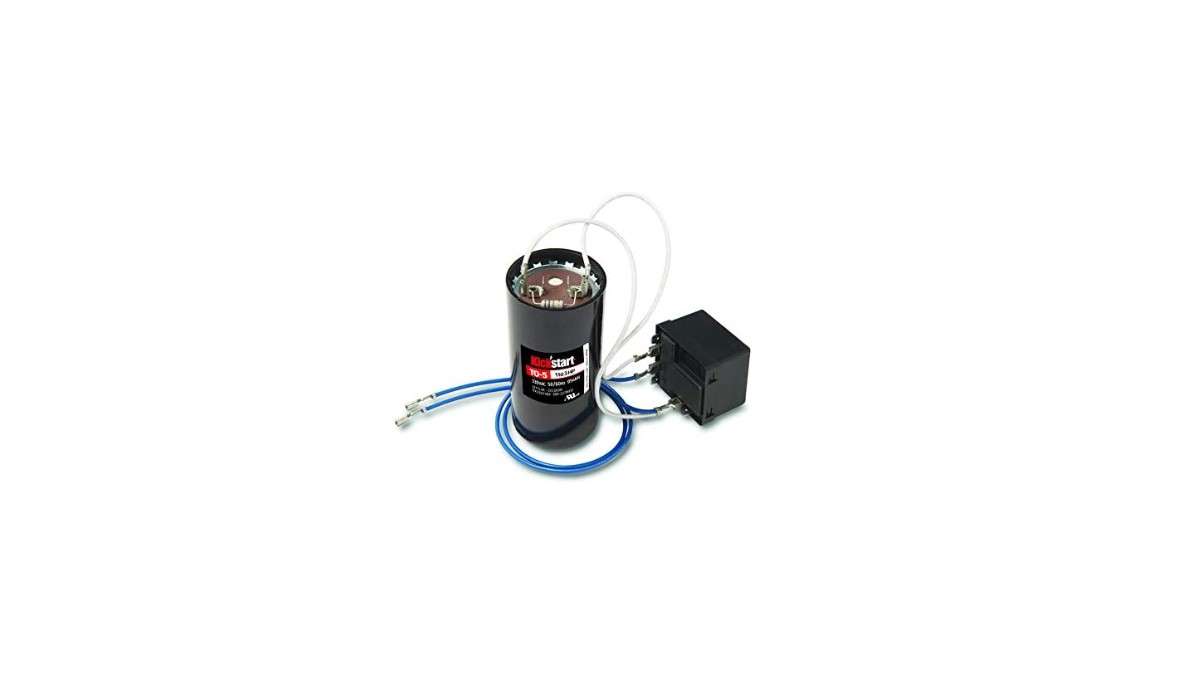Discharging a capacitor can be potentially dangerous due to the stored electrical energy. If not done properly, it can result in electrical shock or damage to equipment. If you’re not experienced with working with electronics, it’s recommended to seek help from someone knowledgeable or a professional. That being said, here are the general steps to discharge a capacitor safely:
Safety Precautions:
- Safety Gear: Wear safety goggles and gloves to protect yourself from potential sparks or accidental contact.
- Isolation: Make sure the circuit is disconnected from any power source, and if possible, isolate the capacitor from the rest of the circuit.
Discharge Path:
- Resistor: Obtain a high-value resistor (such as 10k ohms or higher). This will be used to create a discharge path for the capacitor. The higher the resistor value, the slower the discharge will be, which is generally safer.
Steps:
- Disconnect Power: Ensure that the circuit is completely disconnected from any power source. You’ve waited for some time to allow any residual charge to dissipate.
- Identify the Capacitor Terminals: Identify the terminals of the capacitor. One terminal should be connected to the positive side (higher voltage) and the other terminal to the negative side (lower voltage).
- Connect the Resistor: Connect one end of the resistor to the positive terminal of the capacitor. The other end to the negative terminal. This will create a path for the stored charge to slowly dissipate.
Wait for Discharge:
- Patient Waiting: Allow sufficient time for the capacitor to discharge through the resistor. The higher the resistance, the longer this will take. This slow discharge helps prevent sparks or other potentially dangerous effects.
Double Check:
- Voltage Verification: Use a multimeter to verify that the best AC capacitor has discharged completely. Ensure that the voltage across the capacitor terminals has dropped to a safe level (close to 0V).
Remove the Resistor:
- Disconnect the Resistor: Once you’ve confirmed that the capacitor is fully discharged, you can safely remove the resistor.
Safety is very important when dealing with electrical components. If you’re unsure or uncomfortable with any step of this process, it’s better to seek help from someone with more experience. Discharging high-voltage capacitors can be risky, and taking the appropriate precautions is crucial to avoid accidents.
Last Updated on August 9, 2023


